
“Over decades, both military and space programs all around the world have known the negative impact of radiation on semiconductor-based electronics,” says Meyya Meyyappan, Chief Scientist for Exploration Technology at the Center for Nanotechnology, at NASA’s Ames Research Center. What has changed with the push towards nanoscale feature sizes is that terrestrial levels of radiation can now also cause problems that had previously primarily concerned applications in space and defence. Packaging contaminants can cause alpha radiation that create rogue electron-hole pairs, and even the ambient terrestrial neutron flux at sea level – around 20 cm−2 h−1 – can have adverse implications for nanoscale devices.
Fortunately work to produce radiation-hardy electronics has been underway for some time at NASA, where space mission electronics are particularly prone to radiation exposure and cumbersome radiation shielding comes with a particularly costly load penalty. Vacuum electronics systems, the precursors to today’s silicon world, are actually immune to radiation damage. Alongside Jin-Woo Han and colleagues Myeong-Lok Seol, Dong-Il Moon and Gary Hunter at Ames and NASA’s Glenn Research Centre, Meyyappan has been working towards a renaissance of the old technology with a nano makeover.
In a recent Nature Electronics article, they report how with device structure innovations and a new material platform they can demonstrate nanoscale vacuum channel transistors that compete with solid-state system responses while proving impervious to radiation exposure.
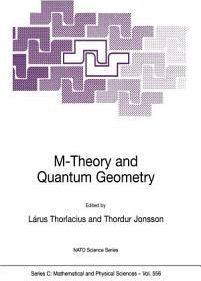
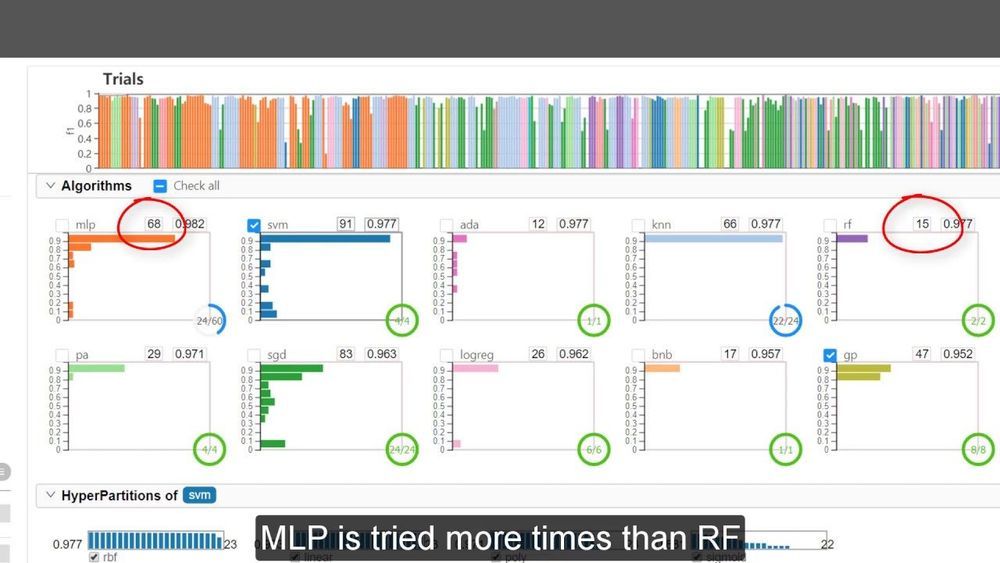


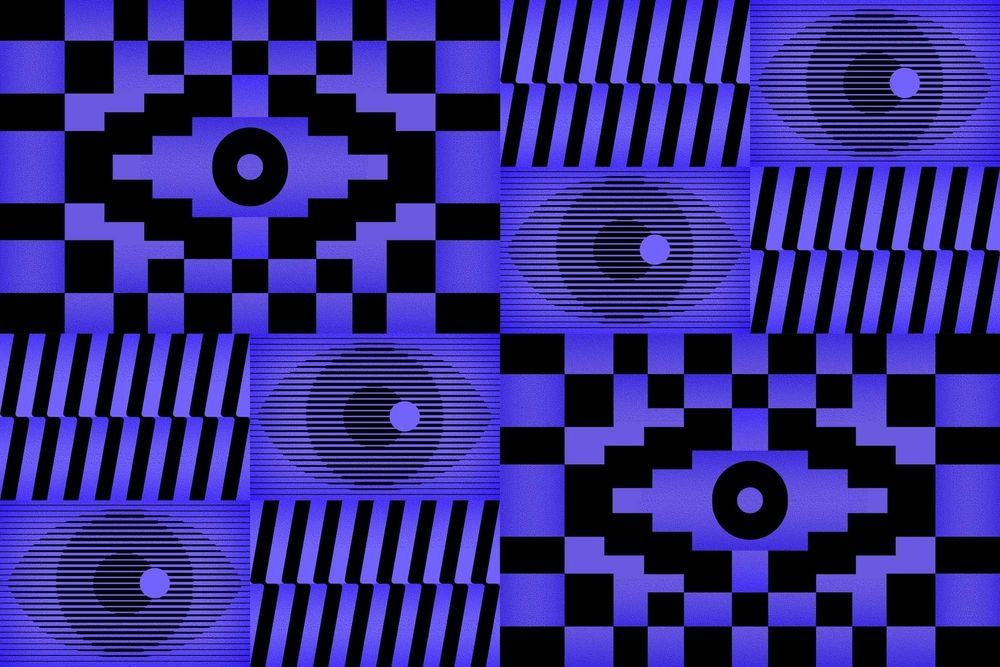
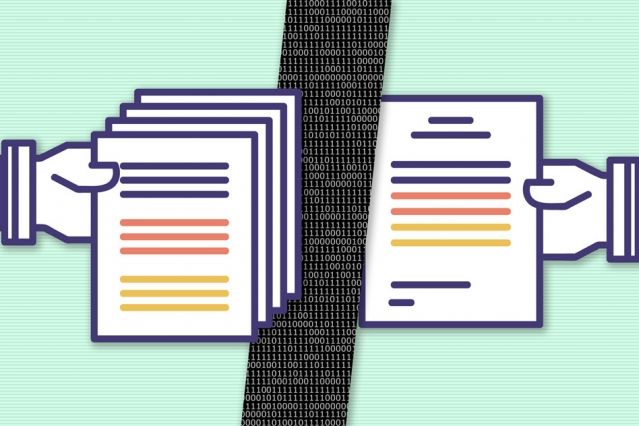
 We suggest and motivate a precise equivalence between uncompactified eleven dimensional M-theory and the N = infinity limit of the supersymmetric matrix quantum mechanics describing D0-branes. The evidence for the conjecture consists of several correspondences between the two theories. As a consequence of supersymmetry the simple matrix model is rich enough to describe the properties of the entire Fock space of massless well separated particles of the supergravity theory. In one particular kinematic situation the leading large distance interaction of these particles is exactly described by supergravity.
We suggest and motivate a precise equivalence between uncompactified eleven dimensional M-theory and the N = infinity limit of the supersymmetric matrix quantum mechanics describing D0-branes. The evidence for the conjecture consists of several correspondences between the two theories. As a consequence of supersymmetry the simple matrix model is rich enough to describe the properties of the entire Fock space of massless well separated particles of the supergravity theory. In one particular kinematic situation the leading large distance interaction of these particles is exactly described by supergravity.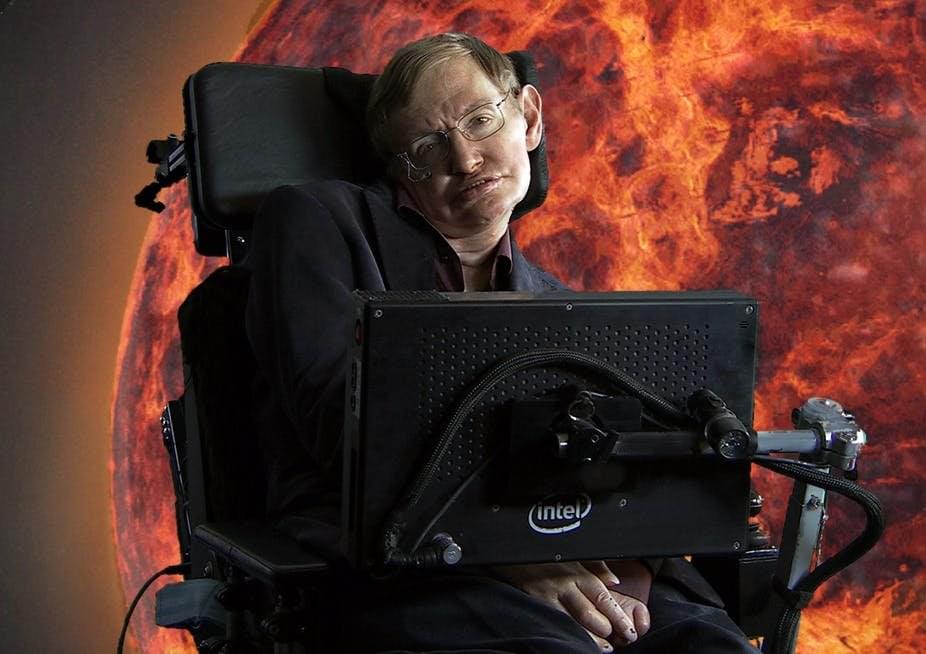
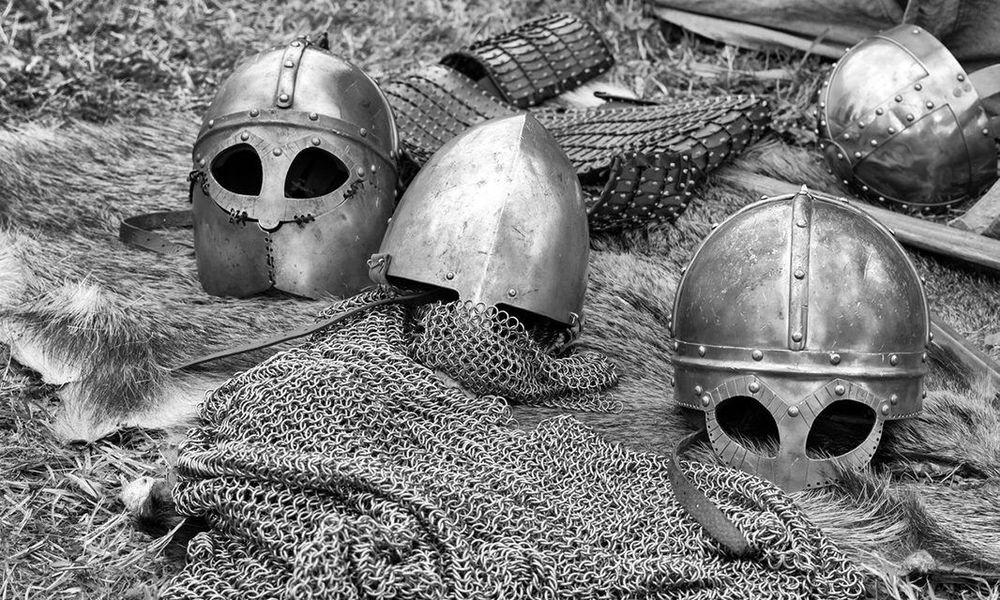
 Superunification underwent a major paradigm shift in 1984 when eleven-dimensional supergravity was knocked off its pedestal by ten-dimensional superstrings. This last year has witnessed a new shift of equal proportions:
Superunification underwent a major paradigm shift in 1984 when eleven-dimensional supergravity was knocked off its pedestal by ten-dimensional superstrings. This last year has witnessed a new shift of equal proportions:







